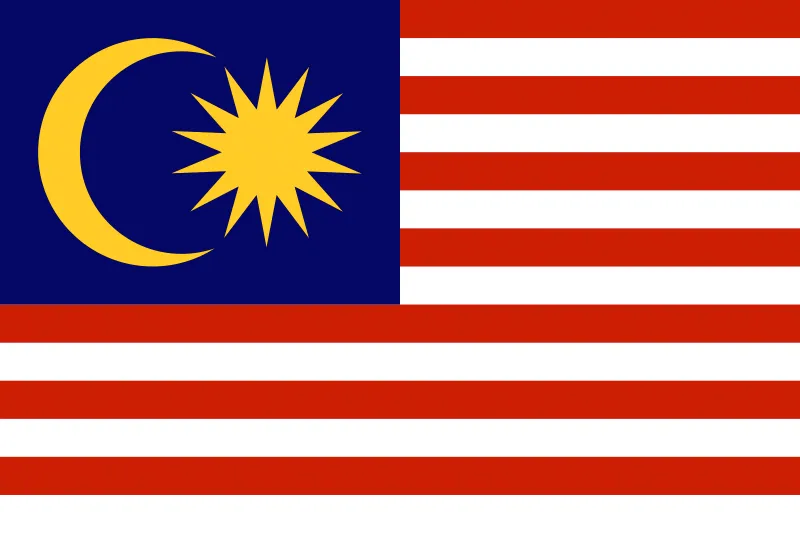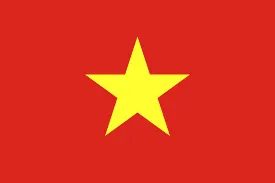Battling Avian Flu: A Farm Tour Through Biosecurity Layers
A chilling case from 2025: In Cambodia, H5N1 infected two children, triggering a massive culling of local flocks and hurting livelihoods, some families lost months of income. For many in Southeast Asia, this health crisis dealt a devastating blow to livelihoods. As avian influenza continues to threaten poultry production in the region, the message is clear: disease prevention must begin before a single chick arrives on the farm.
A modern poultry operation needs to be built for biosecurity at every level, structural, operational, and behavioural. Let’s take a "tour" through a model farm, exploring how layered biosecurity and smart technology work together to create resilient poultry systems.
From the Gate In: Designing for Defence
Controlled Entry Points
At the farm perimeter, entry points are strictly limited and monitored. Only authorized personnel and vehicles may pass through, and all entries are logged. These controlled points are the first defence against external contamination.
Vehicle and Feed Truck Flow
A well-designed traffic flow is crucial. Trucks follow a one-way route that avoids crossovers between clean and dirty zones. Feed silos are positioned outside the biosecure perimeter, allowing refilling without exposing the inner farm environment.
Personnel Entry Chambers
Staff and visitors enter through designated hygiene stations. These typically include:
• PPE dispensing areas
• Multi-room disinfection sequences (dirty zone, shower, clean zone)
• Physical separation between outerwear and farm clothing
This structure enforces protocol consistency and reduces the risk of human-borne pathogen transfer.
Zoning and Physical Separation
Poultry houses are spaced apart from waste handling areas and staff quarters. Buffer zones and windbreaks, such as hedgerows or engineered barriers, prevent airborne pathogens from spreading between zones.
Human and Process Biosecurity
Training is essential. All workers, including temporary cleaners and delivery agents, must understand hygiene procedures and follow rotation schedules designed to prevent fatigue-related errors. No-contact systems for feed, chick delivery, and vet support minimize unnecessary human interaction with the flock.
Technology-Driven Prevention: Smart Systems for Safer Farms
Modern biosecurity is no longer manual. Farms today integrate intelligent technologies that actively reduce risks, monitor anomalies, and maintain the health of both flock and environment. Here are five core technologies recommended for high-biosecurity operations:
Pollo-M: Air Filtration and Pressure Control
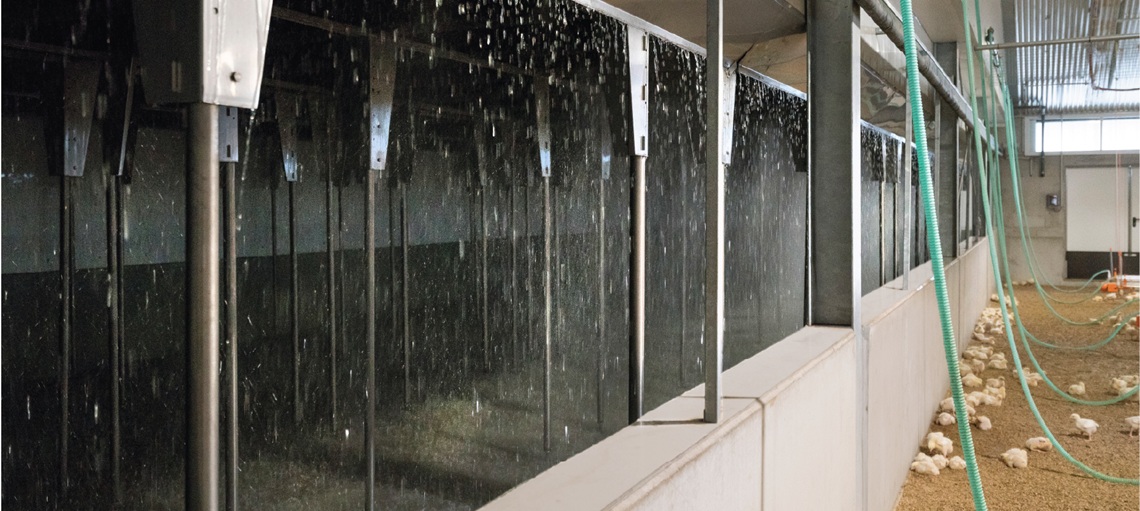
Pollo-M ensures that incoming air is filtered to remove dust, viruses, and bacteria before entering poultry houses. It supports the creation of positive-pressure zones (pushing air out) and negative-pressure zones (drawing air in) between buildings to prevent uncontrolled cross-contamination. This creates invisible barriers that pathogens cannot easily cross.
AugerMatic Feeding System
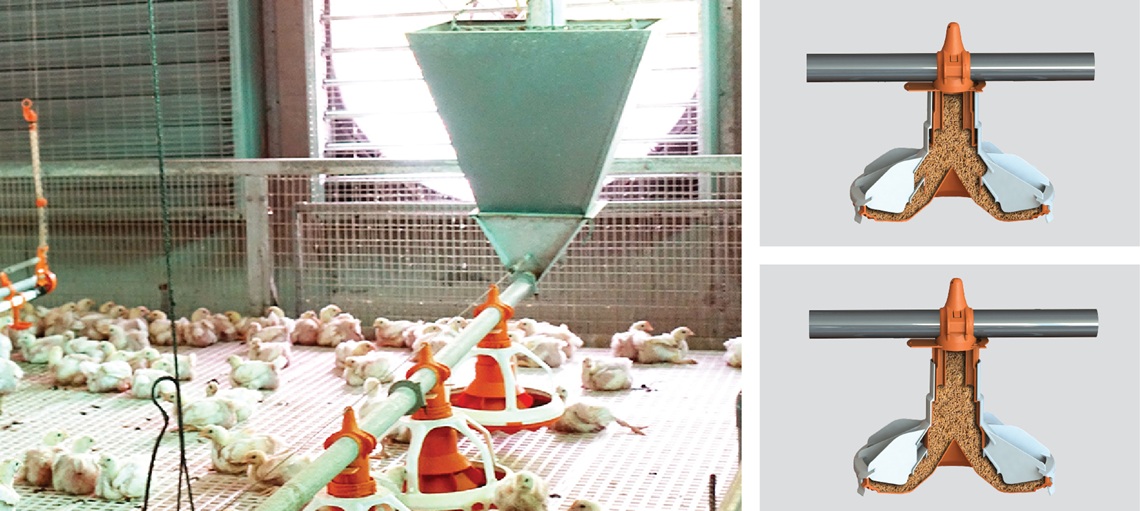
This system delivers feed automatically from silos to feeders. Since there is no need for manual handling or feed room traffic, the risk of contamination from people, pests, or foreign objects is drastically reduced. The AugerMatic system ensures consistent delivery, reducing stress from missed meals and improving feed conversion efficiency.
MultiVacc: Semi-Automated Mass Vaccination
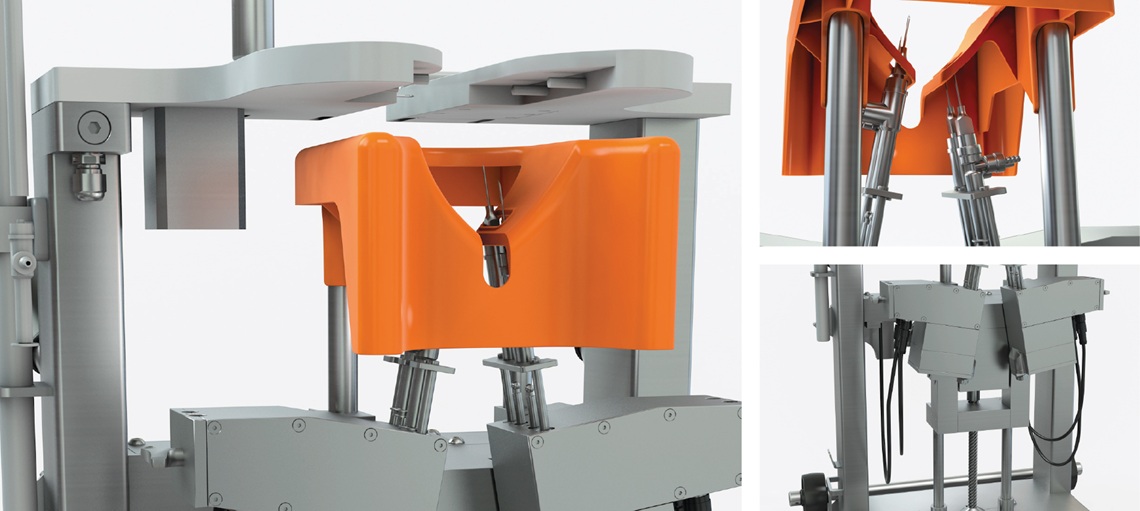
Mass vaccination, when done manually, risks injury, uneven dosing, and stress to the birds. MultiVacc simplified this process, delivering precise dosages across large flocks. This not only improves immunization coverage but also reduces labour needs and avoids human error, a key factor during high-risk periods.
Smart Climate Systems (Tunnel Ventilation and Environmental Control)
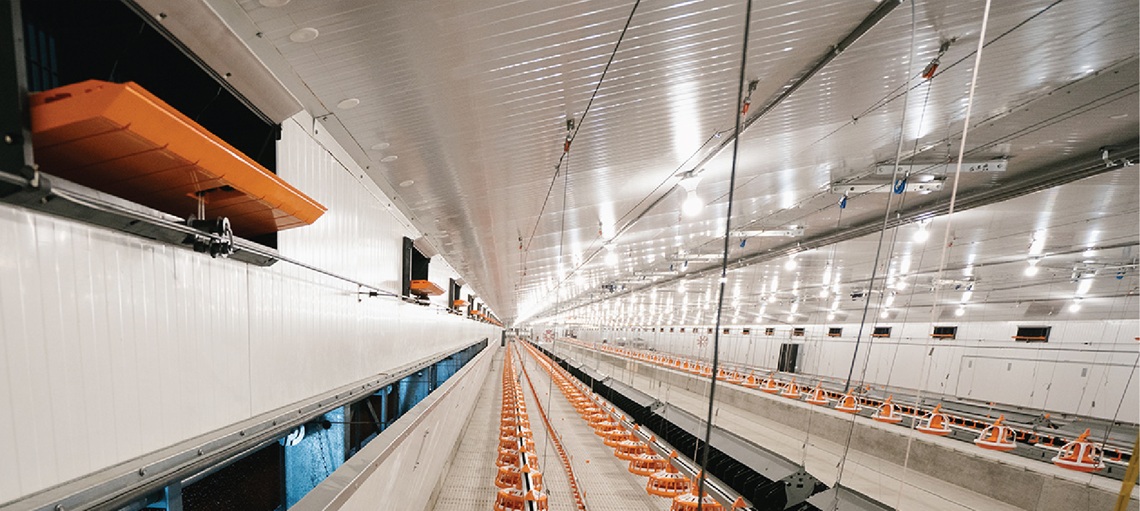
These systems manage temperature, humidity, and airflow automatically. Proper airflow reduces moisture that promotes bacterial growth. Consistent temperature reduces stress-induced immune suppression. Positive and negative pressure zones between houses further prevent disease spread. Climate control also mitigates wet litter, which attracts flies and rodents.
ViperTouch Controllers
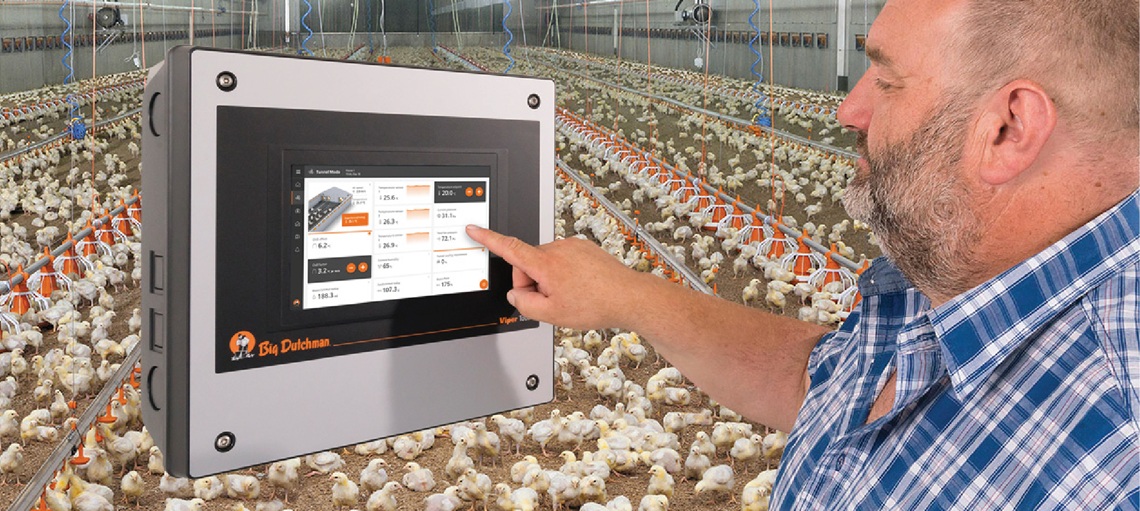
The ViperTouch controller acts as the operational nerve centre. It monitors key metrics such as temperature, water intake, feed levels, and air quality. It issues alerts when readings fall outside acceptable ranges. By allowing full remote control, it minimizes the need for physical presence and human exposure. Data logging capabilities ensure traceability for audits and health inspections. It also integrates with other Big Dutchman systems to automate air pressure, temperature zoning, and even emergency response protocols like quarantine zoning.
Structural Biosecurity Readiness: A 10-Point Checklist
| Category | Key Control | Why It Matters |
|---|---|---|
| Perimeter Access | Controlled gates and monitored entry points | Prevents unauthorized entry and limits disease vectors |
| Vehicle Flow | One-way routing with outside-of-zone silo refilling | Reduces contamination risk from external vehicles |
| Personnel Entry | Dedicated hygiene chambers with showers and PPE | Ensures consistent biosecure behaviour from all individuals |
| Zoning | Clear physical separation of houses, waste, and staff areas | Limits disease movement between critical areas |
| Ventilation Control | Positive and negative air pressure zones with filtration | Reduces airborne transmission of pathogens |
| Feed Delivery | Augermatic systems minimizing human contact | Prevents cross-contamination and reduces stress |
| Vaccination | Automated mass vaccination with MultiVacc | Ensures high immunization coverage with minimal bird stress |
| Climate Regulation | Smart systems maintaining optimal temperature, airflow, and humidity | Reduces stress-induced illness and environmental pathogen growth |
| Monitoring and Alerts | Real-time digital monitoring with ViperTouch | Enables early detection and rapid response to emerging health or system anomalies |
| Staff Protocols | Formal training, rotation schedules, and no-contact service delivery | Reduces fatigue, errors, and human-borne contamination risks |
Building Poultry Farms for Survival, Not Just Yield
The future of poultry farming in Asia depends on how well we manage risk, not just productivity. As outbreaks like H5N1 become more frequent, farms must be designed from the ground up to stop disease at the gate, inside every house, and in the day-to-day behaviour of staff and systems. Structural integrity, operational discipline, and behavioural compliance alone are no longer optional.
Technology from Big Dutchman, such as Pollo-M, Augermatic, MultiVacc, and ViperTouch, provides the infrastructure for a fully integrated biosecurity ecosystem. Together, these tools enable farms to a disease threat, as well as emerge stronger, more resilient, and more trusted by consumers, regulators, and global markets.
